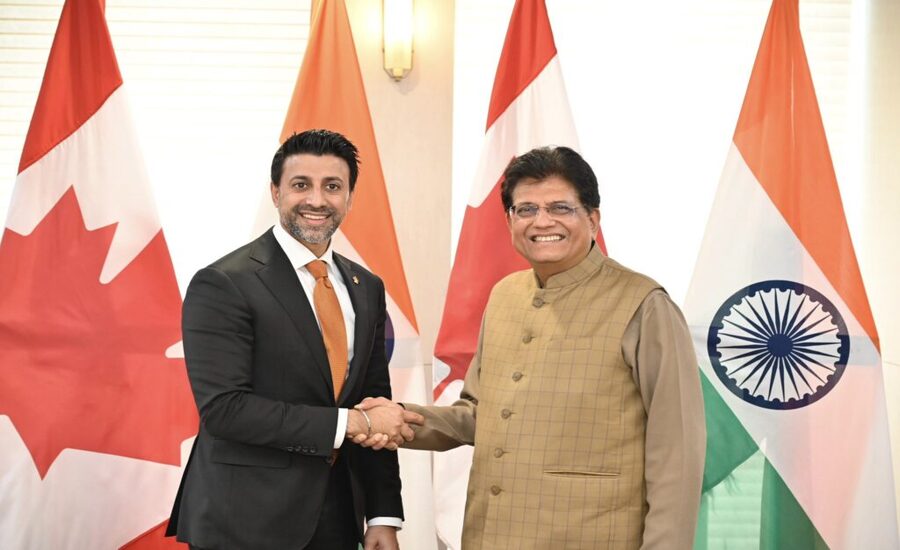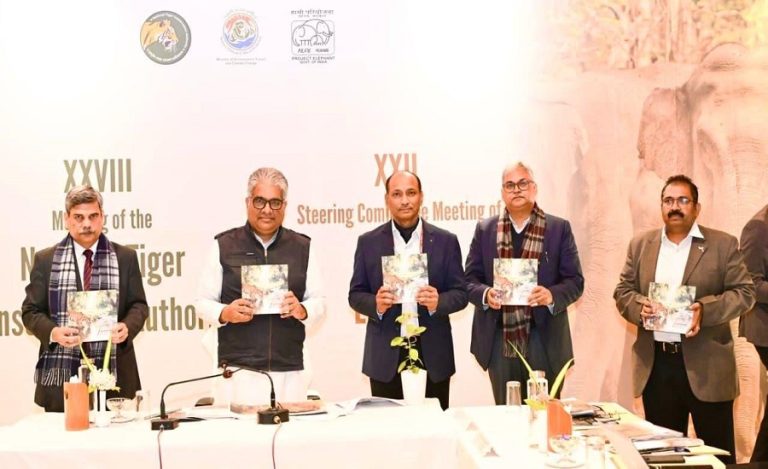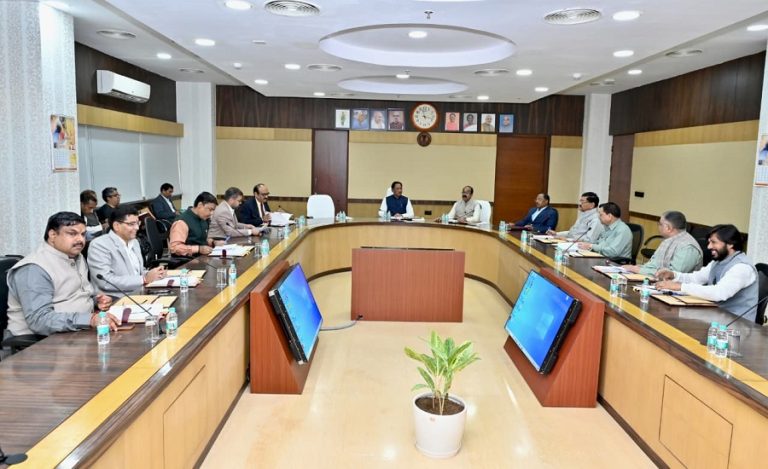In a decisive move signalling renewed momentum, India and Canada met for the 7th edition of the Ministerial Dialogue on Trade and Investment (MDTI) from 11–14 November 2025, as part of a visit by Canada’s Minister of Export Promotion, International Trade and Economic Development, Maninder Sidhu, invited by India’s Commerce & Industry Minister Piyush Goyal.
This high-level dialogue comes following the bilateral direction provided by both countries’ prime ministers at the G7 summit in Kananaskis and the Foreign Ministers’ joint statement of 13 October 2025.
Background of 7th Ministerial Dialogue 2025
The India–Canada economic partnership has seen fluctuations amidst diplomatic tensions in recent years. The two nations had previously stepped back from deeper trade negotiations amid diplomatic strains.
In 2024, bilateral trade in goods and services between India and Canada reached approximately US$ 23.66 billion with merchandise trade at nearly US$ 8.98 billion, marking a robust growth of about 10 % over the previous year.
This dialogue thus represents both a renewal and a strategic pivot towards emerging sectors and supply-chain resilience.
Importance of the 7th Ministerial Dialogue 2025
1. Trade Reinvigoration: With trade rising strongly and a joint commitment to open, transparent, predictable investment regimes, both countries aim to unlock new opportunities.
2. Strategic Sector Cooperation: Agreement to focus on critical minerals, clean energy transition and aerospace/dual-use technologies positions the partnership for future-ready industries.
3. Supply-Chain Resilience: Recognising global shocks from pandemics and geopolitical disruption, the two sides emphasised supply-chain diversification, especially in agriculture and strategic sectors.
4. People-to-People & Investment Flows: The growing presence of Indian firms in Canada and Canadian institutional investment in India supports job creation and deeper economic bonds.
Key Challenges to Watch
Diplomatic Baggage: Previous tensions, especially around trust and political accusations, continue to shadow full-scale engagement.
Sectoral Complexity: Translating broad commitments (critical minerals, clean energy) into concrete deals will require regulatory alignment, clear frameworks and timely execution.
Global Uncertainty: With supply-chain disruptions, protectionist tendencies and shifting geopolitical alliances, maintaining momentum demands vigilance and adaptability.
Market Access & Standards: Ensuring fair market access and alignment of standards, especially for dual-use technologies and aerospace, remains a regulatory challenge.
Key Implications
For India: This partnership opens avenues for Indian industry in Canada, boosts export-oriented growth and aligns with India’s ambition in clean energy, minerals and aerospace.
For Canada: India offers a large, growing market and a partner for critical minerals and new-age technologies, helping Canada diversify beyond traditional trade relationships.
For Global Supply Chains: The India-Canada push for resilient supply-chains may influence other bilateral and regional partnerships, especially in Indo-Pacific regions seeking alternatives to dominant models.
Way Forward
- Both governments have agreed to maintain sustained ministerial-level engagements early next year with trade and investment communities in their respective countries.
- Joint working groups should be established for domain-specific sectors like critical minerals, aerospace and clean energy to translate high-level commitments into project pipelines.
- Encourage and streamline regulatory alignment and investment facilitation to open up market access and reduce red tape for firms looking to operate across both countries.
- Focus on logistics, supply-chain mapping and resilience frameworks—especially in agriculture and strategic materials—to ensure vulnerabilities are addressed proactively.
- Monitor and nurture people-to-people and diaspora links as strategic assets for innovation, entrepreneurship and bilateral business networks.
- Set measurable milestones—trade volume targets, investment commitments, number of joint ventures—to track progress and maintain momentum, with transparent reporting frameworks.



























